The Confession at the Convent / La Confession au couvent, Paris Salon of 1865 Oil on painting, 37 x 57,08 in., signed & dated lower right APPERT. 1865.
Imperial Provenance of The Confession at the Convent by Eugène Appert
Exhibited at the Paris Salon des Artistes Vivants in 1865 (n°49 La Confession au couvent / The Confession at the Convent)
Purchased from the painter Eugène Appert by Her Imperial Highness Princess Mathilde Bonaparte for 4.000 Fr
Personal Collection of Her Imperial Highness Princess Mathilde Bonaparte until her death in 1904.
Probably in the collection of His Imperial Highness Prince Napoléon Louis Joseph Jérôme Bonaparte, heir of Princess Mathilde, until his death in 1932.
The Confession at the Convent is the last painting that Eugène Appert ever exhibited at the Paris Salon of 1865. It marks the culmination of a brillant career interrupted by the early death of the painter. The chromatic quality of the work and its sustained drawing attracted the keen eye of Emperor Napoleon III’s cousin, Princess Mathilde, patron of the arts and artist herself. The Confession in the Convent was part of her personal collection. She bought it after its display at the Paris Salon of 1865. The recent discovery in the private archives of the Princess (now at the Fondation Custodia in Paris) of its mention among the list of purchases of the year 1865 confirms the former prestigious provenance of our painting.
Eugène Appert was born in Angers. After finishing classical studies in his hometown and then in Paris, he pursued a career as a painter.1 Eugène Appert obtained, as early as 1834, a card allowing him to copy the paintings held in the musée du Louvre. The most recent biography on Eugène Appert indicates that he was a student of Jean-Dominique Ingres as soon as 18272. His first contribution with Shepherd playing with a tortoise, at the Paris Salon, dated from 1837. From his training with Ingres, Eugène Appert learnt the prevalence of drawing .
In 1841, Eugène Appert took advantage of a trip to Italy to request a commission from the French State. He copied The Assassination of Saint Peter Martyr by Titian in Santi Giovanni e Paolo in Venice. An internal note from the French Administration anticipated the success of the young painter: “(...) the nature of his studies and his great taste for the Venetian School of painting are the guarantees of the success he represents”.3 The original painting by Titian was destroyed in a fire in 1867. The precious copy made by Appert held, until then, in the Church of Saint-Armel de Ploërmel, was bought for a significant sum (10,000 fr) in 1872 in order to be exhibited at the Musée des Copies in the Ecole des Beaux-Arts in Paris.
Eugène Appert’s participation to the Salon des Beaux-Arts in Paris and in Angers was regular from 1837 to 1865. The painter received a 3rd class medal after his participation at the 1844 Salon4 where he exhibited The Vision of Saint Orens, a religious painting commissioned by the Ministry of the Interior, and Bathers in the lagoons. His paintings shown at the Salons were often the result of State commissions or acquired after their display.5 Eugène Appert was very soon successful. Many of his paintings entered the French public collections during his lifetime.
Appert’s religious paintings were also highly regarded. He received a large number of commissions under the July Monarchy. These paintings still adorn religious buildings in France (the Saint-Joseph Church in Angers, the Chapel of the Sainte-Marie Hospital in Angers, Notre-Dame de Montmorillon, the Saint-Orens Church in Montauban, the Chapel of the Adult School of Montauban, the Church of Villemade, the Church of Pontreau, the Church of Léojac and the Church of Beaupréau).
Théophile Gautier noticed early the rise of Eugène Appert in the Parisian art scene. The poet bought a still life representing a bouquet of Peonies from the artist. As an influential art critic, he carefully recorded the painter’s progress through his reviews of the Salon. In 1847, he explained to his readers the extent of the talent of Eugène Appert who exhibited then three artworks : a religious painting (The death of Saint Joseph) and two still lifes (musical instruments, grapes (pastel)). Théophile Gautier described the painter as a gifted colorist.6
During the Second Empire, Eugène Appert’s career took a new turn as he focused on
monumental painting. His decorative panels “of foliage, fruits, flowers, and birds of the greatest taste”7 for the dining room of Achille Fould Minister of State’s private mansion (rue du faubourg- Saint-Honoré) was described by art critic Edmond About as a“feast of the eyes”.8 Eugène Appert was appointed to the rank of Chevalier of the Legion of Honor in August 1859.9 This was followed by the commission of six decorative lintels representing birds for Empress Eugénie’s green salon, the ceiling decoration for the blue salon at the Palais des Tuileries, and the painting of the ceiling of the large dining room of the apartment of the Ministry of State at the Palais du Louvre, carried out in 1860-1861.10 Eugène Appert painted another five tapestry cartoons representing Louis XIV, Napoleon III, Charles Le Brun, André Le Nôtre and Nicolas Poussin to be woven by the Gobelins workshop to decorate the Gallery of Apollo at the Louvre Palace.
(File on request)






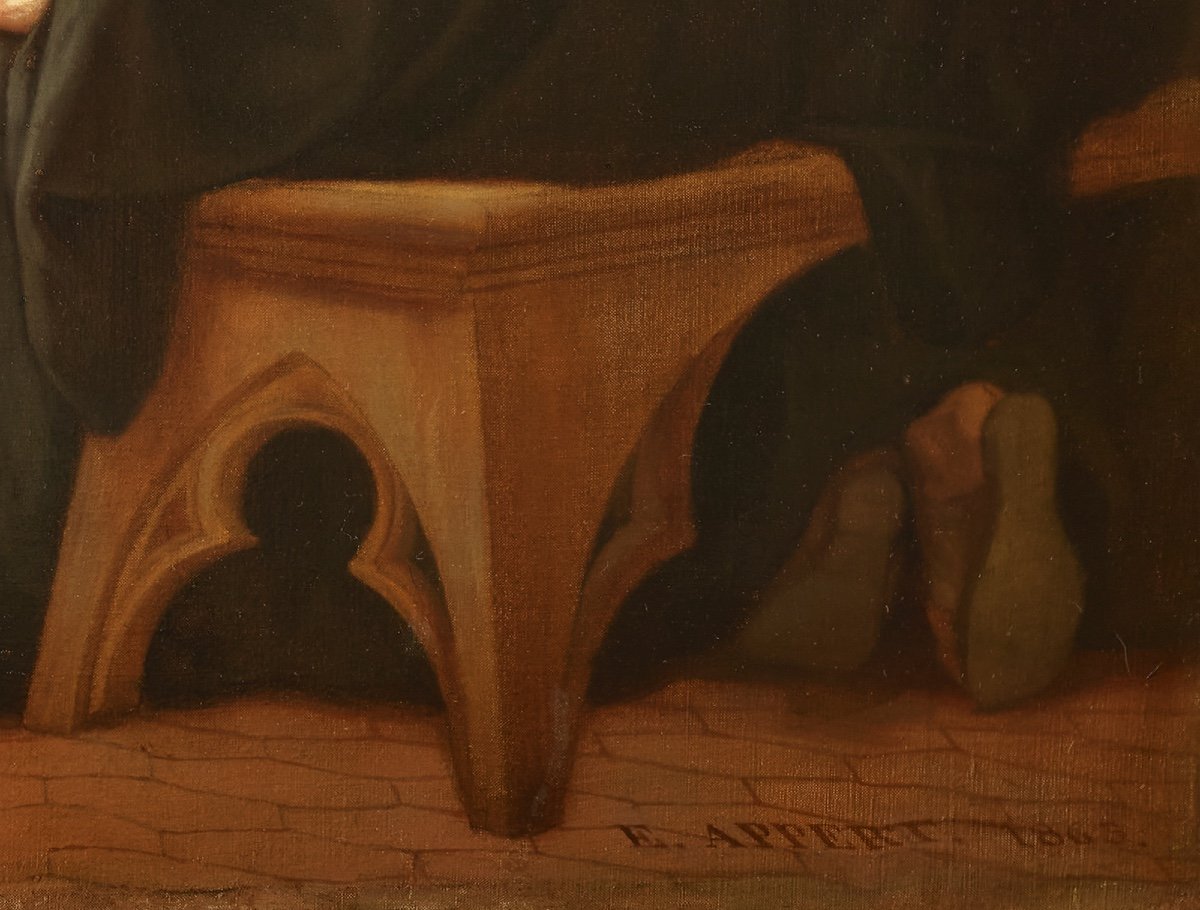
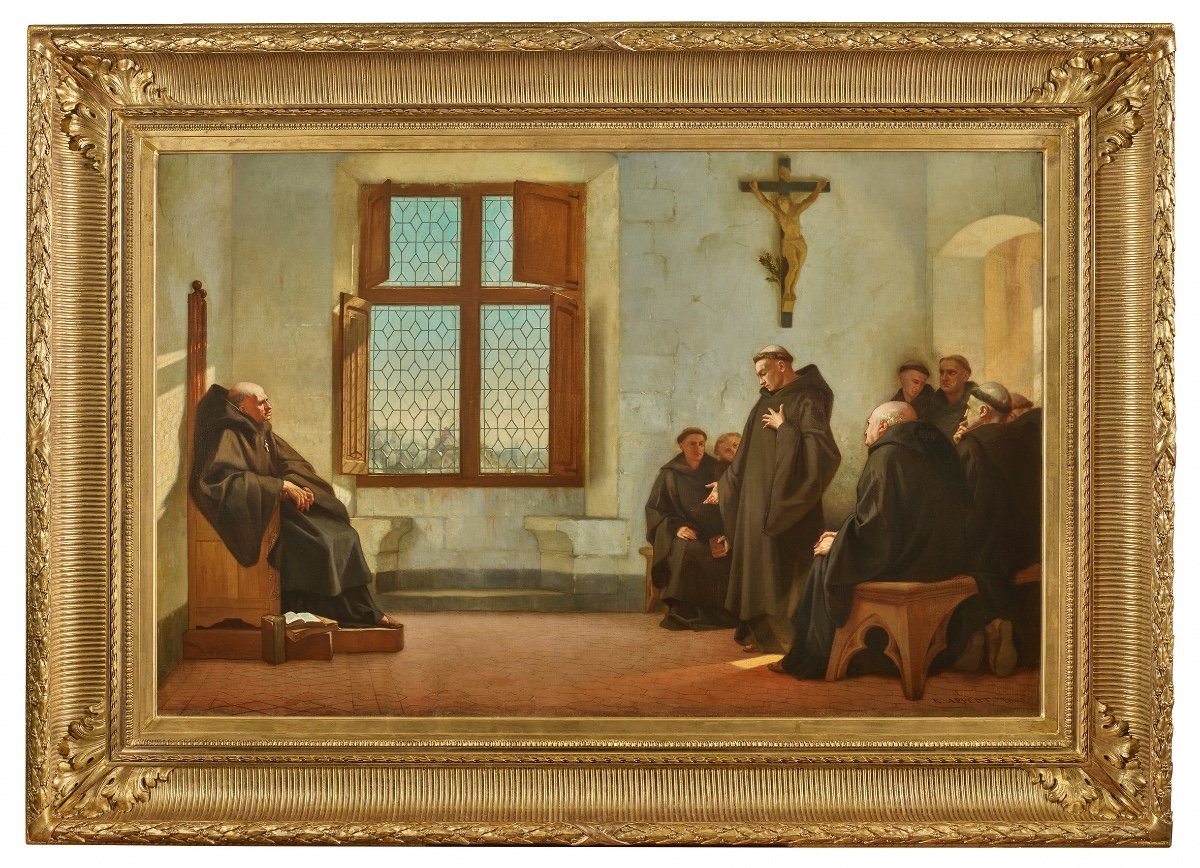










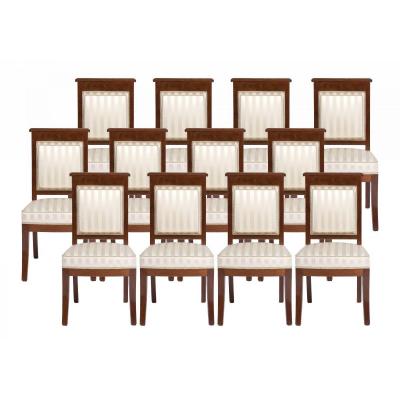
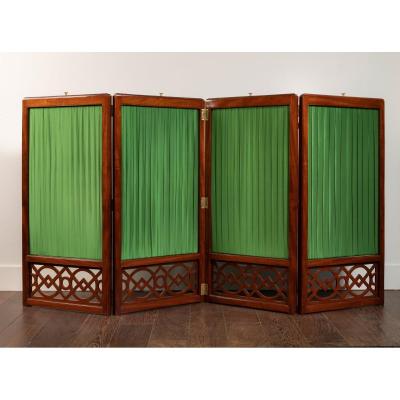
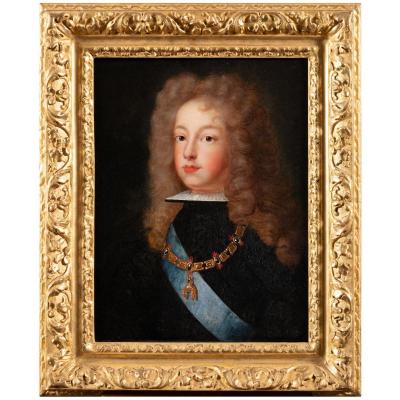

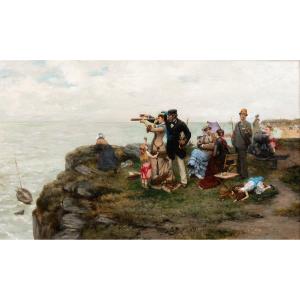
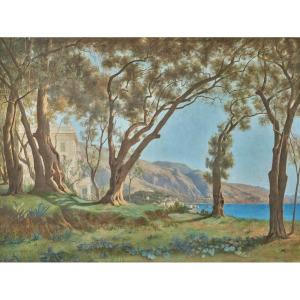
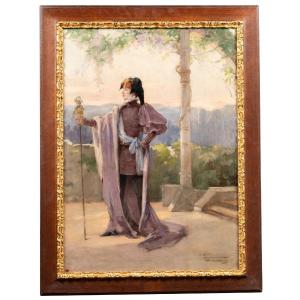
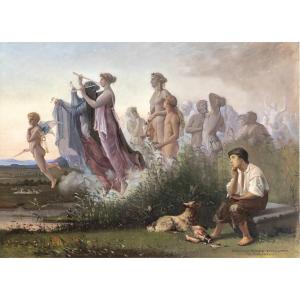
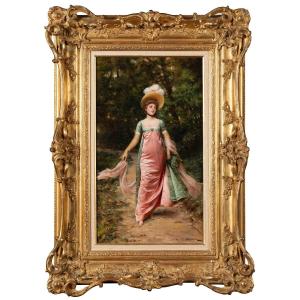

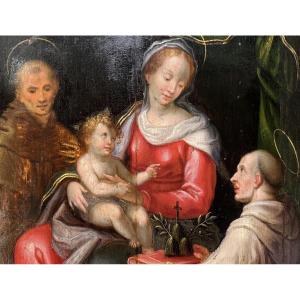
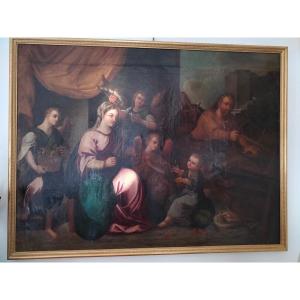
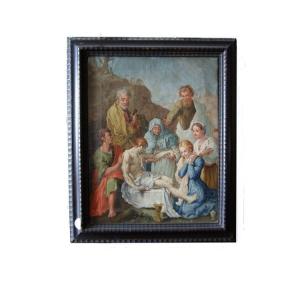

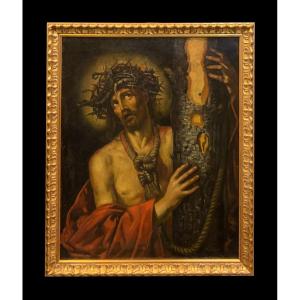



 Le Magazine de PROANTIC
Le Magazine de PROANTIC TRÉSORS Magazine
TRÉSORS Magazine Rivista Artiquariato
Rivista Artiquariato